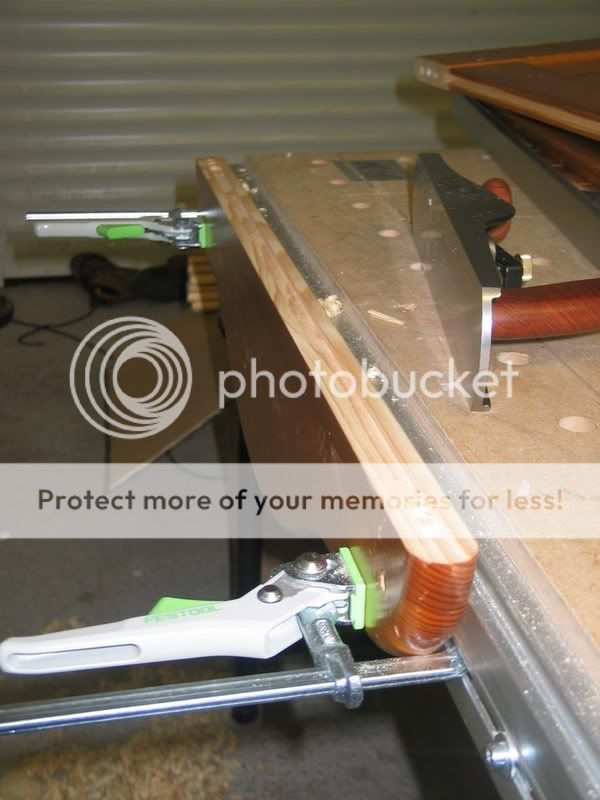TheDudester
Established Member
I am in the process of making a blanket/toy box out of a cot bed.
After removing the top (see pics), I needed to remove about 5mm from the bottom edge t. Instead of reaching for my guide rail and saw, I decided to use my LAJ plane I recently bought.
I adjusted the blade and mouth and the started. All seemed to be going very well until I sighted down and noticed I had managed to bevel one side of it. So I started again, angling the plane slightly until i had 'corrected' it. It now looks as if I have a slight twist in it
It is driving me round the bend.
Can anyone offer any advice? This was my first attempt at planing anything and although I am reasonably happy, I clearly don't have any technique or natural ability.

TheDudester
[/img]
After removing the top (see pics), I needed to remove about 5mm from the bottom edge t. Instead of reaching for my guide rail and saw, I decided to use my LAJ plane I recently bought.
I adjusted the blade and mouth and the started. All seemed to be going very well until I sighted down and noticed I had managed to bevel one side of it. So I started again, angling the plane slightly until i had 'corrected' it. It now looks as if I have a slight twist in it
It is driving me round the bend.
Can anyone offer any advice? This was my first attempt at planing anything and although I am reasonably happy, I clearly don't have any technique or natural ability.

TheDudester
[/img]

































